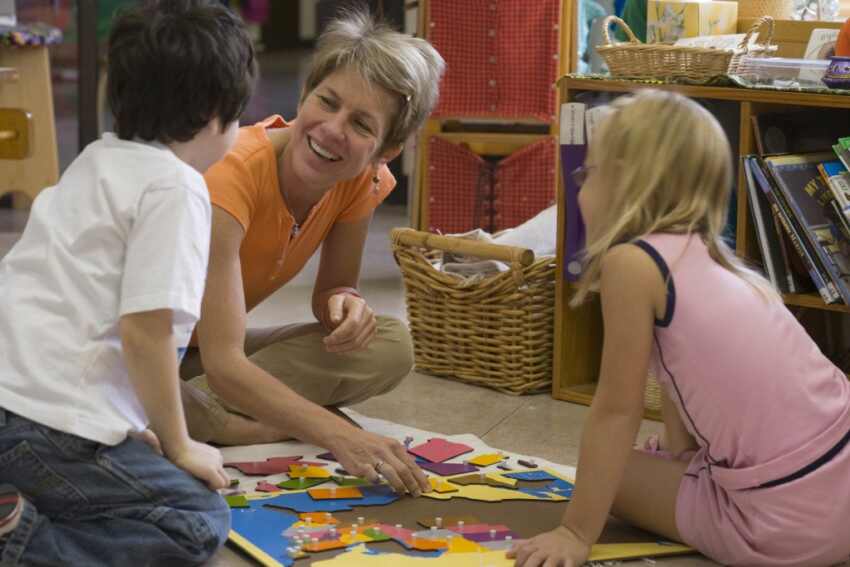Taking Measure of Success: The Importance of Practical Life Activities in Montessori Education
When it comes to teaching measurement, most educators focus on teaching students the standard units of measurement such as inches, centimeters, and liters. However, the Montessori approach takes a unique approach to teaching measurement that goes beyond just memorizing units. This article will explore how the Montessori method approaches teaching measurement and the benefits it offers to students.
1. The Importance of Practical Life Activities in Montessori Education
– Montessori education emphasizes practical life activities, which include tasks such as pouring, spooning, and sorting objects. These activities provide a foundation for understanding measurement from an early age.
– By engaging in practical life activities, students develop their fine motor skills, hand-eye coordination, concentration, and independence – all of which are essential for measuring accurately.
2. The Role of Sensorial Materials in Teaching Measurement
– Montessori classrooms are equipped with various sensorial materials that aid in teaching measurement. These materials include the Pink Tower, Broad Stair, and Red Rods.
– These materials allow students to explore different dimensions, sizes, and lengths, helping them develop a visual and tactile understanding of measurement.
3. Introduction to Non-Standard Measurement
– Montessori introduces non-standard measurement as a precursor to standard measurement. Non-standard measurement involves using objects such as cubes, buttons, or blocks to measure the length or weight of an object.
– Through non-standard measurement, students learn the fundamental concepts of measurement, such as comparison, estimation, and counting. They also develop their critical thinking skills by selecting appropriate measuring tools.
4. The Introduction of Standard Measurement
– After mastering non-standard measurement, Montessori students are introduced to standard measurement.
– Unlike traditional teaching methods that introduce standard units first, Montessori students have a solid foundation in understanding the concepts of length, weight, and volume, making the transition to standard units much smoother.
5. The Use of Measurement Trays and Cards
– Montessori classrooms often include measurement trays and cards that allow students to practice measuring lengths, widths, and heights using standard units.
– These trays and cards provide a hands-on experience that brings real-life relevance to the concept of measurement. Students can measure the length of objects, compare sizes, and estimate quantities, enhancing their mathematical reasoning skills.
6. The Connection Between Measurement and Geometry
– Montessori education believes in fostering interdisciplinary connections between different subjects. In the context of measurement, this involves connecting measurement with geometry.
– Students learn how to measure the sides of geometric shapes, understand the relationships between different shapes, and calculate area and perimeter.
The Montessori approach to teaching measurement offers a unique and comprehensive method for students to develop their measurement skills. By incorporating practical life activities, sensorial materials, non-standard measurement, and standard measurement, Montessori students gain a deep understanding of measurement concepts. This approach not only nurtures their mathematical abilities but also fosters their critical thinking, problem-solving, and independence. The hands-on and interdisciplinary nature of Montessori education ensures that students take measure of their own success, laying a strong foundation for their future academic pursuits.
Nidhin
For More Details Call: +917510220582
